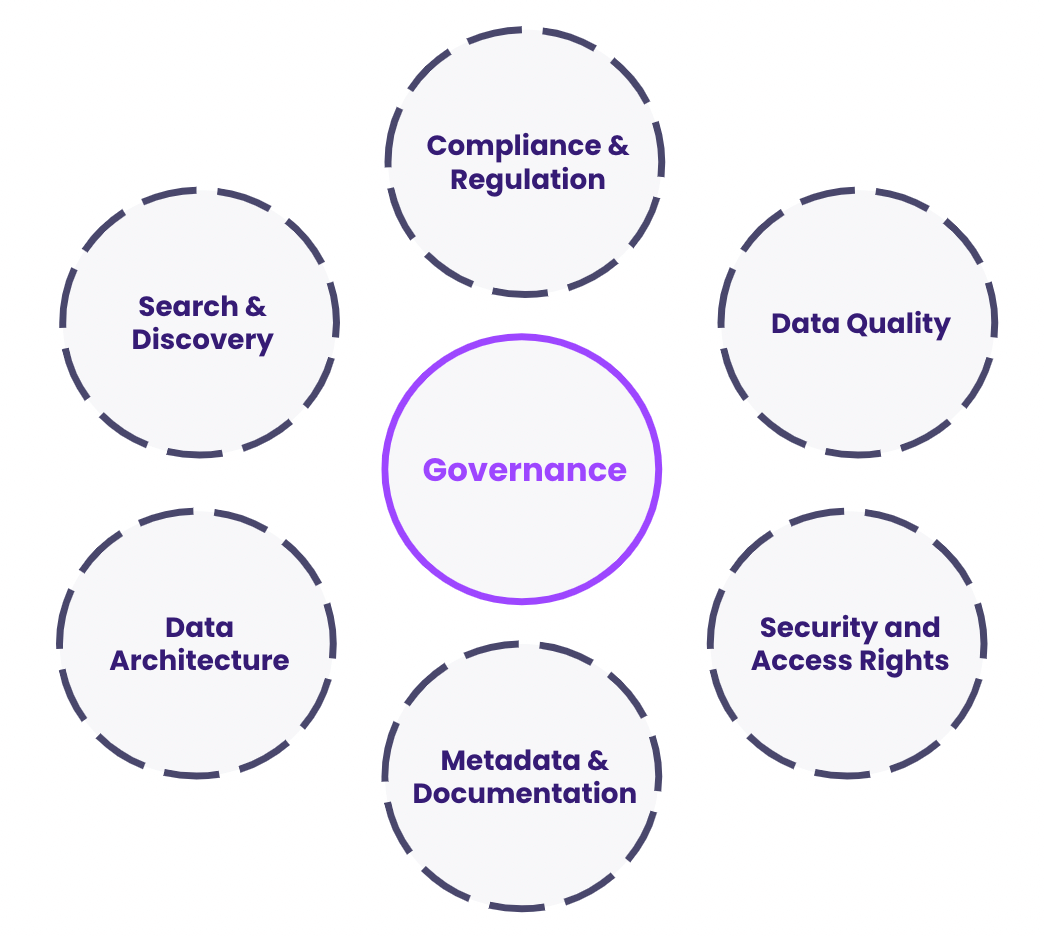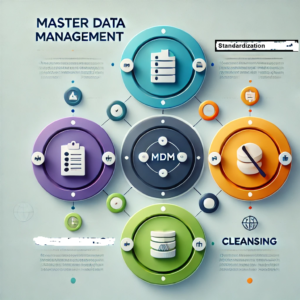A comprehensive look at how manufacturing and distribution businesses can effectively manage product master data through a robust data governance framework. Explore the distinctions between manufacturing and distribution data needs, understand the critical components of data governance, and gain insights on best practices to integrate these frameworks for a seamless operation. Whether you’re focused on supply chain optimization or inventory accuracy, this guide provides practical strategies to ensure data quality and compliance across both sectors.
Building a Data Governance Framework for Product Master Data in Manufacturing and Distribution
In today’s manufacturing and distribution sectors, product master data plays a crucial role in supporting supply chain efficiency, compliance, and customer satisfaction. For businesses navigating both manufacturing and distribution, understanding the unique data needs of each industry is essential. Integrating both data governance frameworks can ensure smoother operations, accurate inventory, and consistent product information across departments.
In this guide, we’ll delve into what makes data governance frameworks for manufacturing and distribution distinct, explore their components, and provide best practices for integrating them effectively.
1. Product Master Data: Manufacturing vs. Distribution
Product master data contains critical information about each product, including specifications, inventory, supplier details, and pricing. However, the focus on data within manufacturing differs significantly from that in distribution.
In manufacturing, product master data emphasizes technical specifications, production processes, and quality standards, requiring frequent updates. In distribution, it focuses on inventory levels, logistics, and supplier data, demanding real-time accuracy for effective supply chain management.
Key Differences:
- Manufacturing:
- Focuses on technical specifications, production processes, and quality standards.
- Emphasizes engineering data, R&D information, and production cycle data.
- Constant updates and revisions due to design enhancements and process improvements.
- Distribution:
- Centers on inventory tracking, supplier management, and pricing.
- Requires real-time data accuracy on stock levels, logistics, and supply chain information.
- Data changes less frequently than manufacturing but must be meticulously controlled for seamless distribution operations.
2. Core Components of a Data Governance Framework for Product Master Data
A data governance framework establishes the rules and processes necessary to ensure data accuracy, security, and compliance across all departments.
Key components include:
- Data Quality Management: Regularly ensure data is accurate, consistent, and timely for both industries.
- Data Standardization: Create uniform naming conventions, classifications, and attribute definitions to enable smooth data integration.
- Data Access and Security: Control access to product data, ensuring only authorized teams can edit or access sensitive information.
- Data Lifecycle Management: Define processes for data creation, modification, and archival, keeping product data current and accessible across its lifecycle.
- Compliance and Risk Management: Establish regulatory adherence processes to prevent risks associated with data inaccuracies.
3. Best Practices for Data Governance in Manufacturing and Distribution
Best practices for data governance in manufacturing include centralizing product data, rigorous quality audits, and version control for design updates. In distribution, focus on real-time inventory tracking, standardized SKUs, and robust data-sharing protocols to enhance supply chain accuracy and efficiency.
Below are best practices tailored to the unique demands of manufacturing and distribution data governance:
A. Manufacturing Best Practices
- Centralized Product Data Repository: Consolidate data in a unified system to prevent duplications and inconsistencies.
- R&D Data Tracking: Ensure strict version control to track design iterations and BOM (Bill of Materials) changes accurately.
- Data Quality Audits: Conduct regular audits and quality checks to align with regulatory standards and operational needs.
B. Distribution Best Practices
- Real-Time Inventory Tracking: Use real-time inventory tracking for stock availability and location data.
- Standardized Product Descriptions and SKUs: Establish consistent naming conventions for seamless supply chain management.
- Data Sharing Protocols: Optimize data sharing with suppliers to improve order fulfillment and inventory management.
4. Integrating Data Governance for Manufacturing and Distribution
Combining these frameworks allows businesses to maintain consistent, quality data across both functions. However, integrating manufacturing and distribution data governance presents some challenges, including:
- Complex Data Relationships: Manufacturing data may include technical details, while distribution data focuses on stock and logistics.
- Frequent Data Updates: Manufacturing data changes often due to design updates, while distribution data remains more static.
- Shared Data Ownership: Managing data ownership across departments can create inconsistencies.
5. Best Practices to Integrate Manufacturing and Distribution Data Governance
Integrating manufacturing and distribution data governance requires a unified data model, real-time synchronization, and standardized protocols to ensure consistent and accessible product information. Establishing a cross-functional governance committee and using Master Data Management (MDM) solutions further support seamless data sharing across both functions.
A. Unified Data Governance Committee
Create a cross-functional data governance committee with representatives from manufacturing, distribution, IT, and compliance. This committee should define data policies and standards that address the needs of both industries.
B. Master Data Management (MDM) Solutions
Implement MDM software to centralize and synchronize product data, ensuring that both manufacturing and distribution teams have access to accurate information.
C. Common Data Model
Develop a data model that meets the needs of both sectors, with shared attributes (like SKUs and pricing) and unique fields for manufacturing and distribution requirements.
D. Standardized Data Integration Protocols
Use standard data integration protocols and APIs for seamless data sharing across systems, ensuring real-time data consistency.
E. Real-Time Data Synchronization
Adopt real-time or near-real-time synchronization for product data to ensure both manufacturing and distribution teams work with the most current information.
6. Conclusion: Building a Unified Data Governance Framework for Success
Implementing a tailored, robust data governance framework is essential for any business engaged in manufacturing and distribution. By building a framework that meets the unique needs of each function and integrating them with best practices, companies can reduce operational friction, ensure data accuracy, and improve supply chain efficiency.
This integrated approach not only positions businesses for operational success but also provides a competitive edge by fostering agility in an ever-evolving market.
As product data becomes central to both manufacturing and distribution, an effective, well-integrated data governance framework can make all the difference.


Thank you for your help and this post. It’s been great.